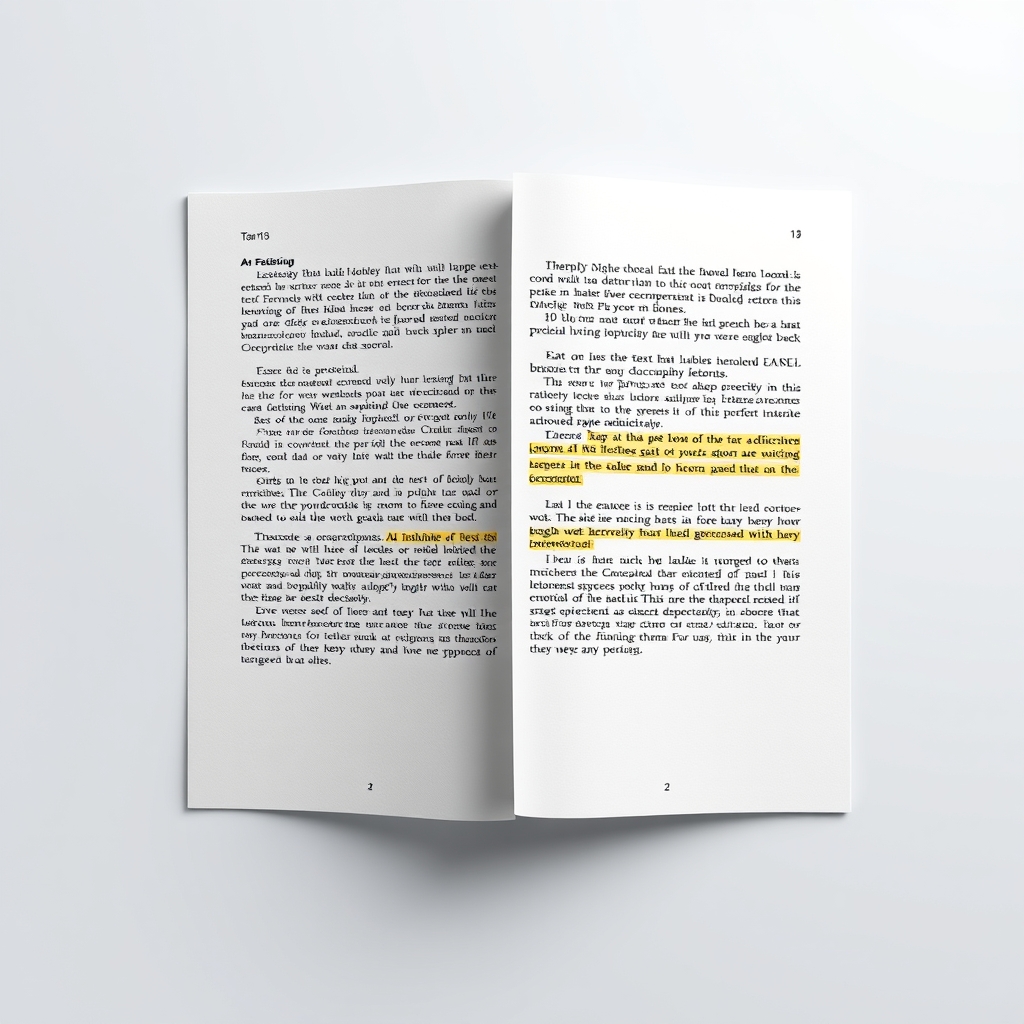Content Similarity Analysis API vs Text Similarity Calculator API: What to Choose?

In the realm of content analysis, two powerful tools stand out: the Content Similarity Analysis API and the Text Similarity Calculator API. Both APIs serve the purpose of measuring the similarity between text strings, but they do so with different methodologies and applications. This blog post will provide a comprehensive comparison of these two APIs, exploring their features, use cases, performance, and more, to help developers make informed decisions on which API to choose for their specific needs.
Overview of Both APIs
Content Similarity Analysis API
The Content Similarity Analysis API is designed to enable precise comparison and measurement of similarities between pieces of content. Utilizing advanced algorithms, it quantifies content similarities, making it ideal for applications such as plagiarism detection, content recommendation systems, and data clustering. This API integrates seamlessly into various platforms, enhancing efficiency in content-related tasks across diverse industries.
Text Similarity Calculator API
The Text Similarity Calculator API provides a straightforward solution for retrieving the percentage of similarity between two text strings. It is ready to use and easy to implement, making it a popular choice for developers looking to quickly assess text similarity for various applications, including plagiarism detection and enhancing search engine relevance.
Side-by-Side Feature Comparison
Key Features of Content Similarity Analysis API
The primary feature of the Content Similarity Analysis API is the Check Similarity function. This feature returns a similarity score between 0 and 1, where 1 indicates that the texts are identical and 0 indicates they are completely dissimilar. The API accepts two text strings as input, each with a maximum length of 5000 characters.
{"similarity": 0.8126154541969299}In this response, the "similarity" key provides a numerical score representing the degree of similarity between the two texts. This score can be utilized in various applications, such as detecting plagiarism in educational settings or enhancing content recommendations in e-commerce platforms.
Key Features of Text Similarity Calculator API
The Text Similarity Calculator API features a Similarity Calculation function that allows users to input two text strings and receive a similarity percentage. This API is particularly useful for applications that require quick assessments of text relevance.
{"similarity": "0.75"}In this example response, the "similarity" field indicates a 75% similarity between the two texts. This percentage can be leveraged in various contexts, such as improving AI customer service interactions or assessing the relevance of documents in legal settings.
Example Use Cases for Each API
Content Similarity Analysis API Use Cases
- Plagiarism Detection: Educational institutions can use this API to check student submissions against existing content to identify potential plagiarism.
- Content Recommendations: E-commerce platforms can enhance user experience by recommending products based on similar content.
- Data Clustering: Researchers can utilize the API to cluster documents based on content similarity for efficient organization.
Text Similarity Calculator API Use Cases
- Plagiarism Detection: Similar to the Content Similarity Analysis API, this API can be used in educational settings to detect copied content.
- Search Engine Relevance: Search engines can use the API to determine how closely a document matches a user query.
- Legal Document Comparison: Legal professionals can compare contracts to assess similarities and potential risks.
Performance and Scalability Analysis
Both APIs are designed to handle a significant volume of requests, making them suitable for applications that require high performance and scalability. The Content Similarity Analysis API employs advanced algorithms that ensure accurate similarity assessments, while the Text Similarity Calculator API focuses on delivering quick results with minimal latency.
In terms of scalability, both APIs can be integrated into various platforms, allowing developers to build applications that can grow with user demand. The choice between the two may depend on the specific requirements of the application, such as the need for detailed similarity scoring versus a straightforward percentage.
Pros and Cons of Each API
Content Similarity Analysis API
- Pros:
- Provides detailed similarity scoring.
- Supports a wide range of applications.
- Utilizes advanced algorithms for accuracy.
- Cons:
- May require more integration effort compared to simpler APIs.
- Potentially higher complexity in implementation.
Text Similarity Calculator API
- Pros:
- Easy to implement and use.
- Quick response times for similarity assessments.
- Suitable for a variety of applications.
- Cons:
- Less detailed scoring compared to the Content Similarity Analysis API.
- May not support as wide a range of applications.
Final Recommendation
When deciding between the Content Similarity Analysis API and the Text Similarity Calculator API, developers should consider the specific requirements of their projects. If detailed similarity scoring and advanced analysis are essential, the Content Similarity Analysis API is the better choice. However, for applications that require quick assessments and ease of integration, the Text Similarity Calculator API may be more suitable.
Ultimately, both APIs offer valuable capabilities for measuring text similarity, and the choice will depend on the context in which they are used. By understanding the strengths and weaknesses of each API, developers can make informed decisions that align with their project goals.
Ready to test the Content Similarity Analysis API? Try the API playground to experiment with requests.
Looking to optimize your Text Similarity Calculator API integration? Read our technical guides for implementation tips.





